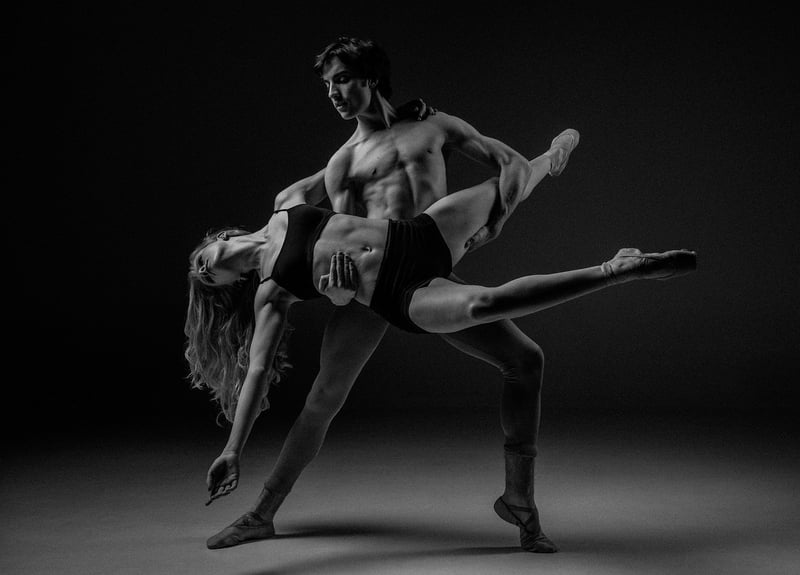Hip Hop
Exploring Expressive Movement in Hip Hop
When it comes to dance, Hip Hop stands out as a vibrant and expressive form of movement that captivates audiences worldwide. This dynamic genre not only encompasses intricate footwork and body isolations but also allows dancers to convey powerful emotions and stories through their movements.
The Roots of Hip Hop Dance
Hip Hop dance originated in the streets of New York City in the 1970s, evolving as a form of expression for urban youth. It draws inspiration from a mix of African, Caribbean, and Latin dance styles, as well as elements of martial arts and gymnastics.
Expressive Elements in Hip Hop
What sets Hip Hop apart is its emphasis on individuality and personal style. Dancers are encouraged to express their unique personalities through movement, whether it's through fluid waves, sharp pops and locks, or dynamic floorwork.
Facial expressions also play a crucial role in Hip Hop dance, allowing performers to convey a range of emotions from joy and confidence to anger and vulnerability. This emotional depth adds another layer of storytelling to the choreography.
Embracing Creativity and Innovation
One of the hallmarks of Hip Hop dance is its constant evolution. Dancers are always pushing boundaries and experimenting with new movements, fusing traditional techniques with modern influences to create fresh and innovative choreography.
Image Gallery


Conclusion
Hip Hop dance is not just about movement; it's a form of self-expression that allows individuals to share their stories, emotions, and creativity with the world. Whether you're watching a performance or hitting the dance floor yourself, the expressive nature of Hip Hop is sure to leave a lasting impression.
So next time you feel the rhythm calling, don't be afraid to let loose and express yourself through the dynamic and engaging world of Hip Hop dance!
